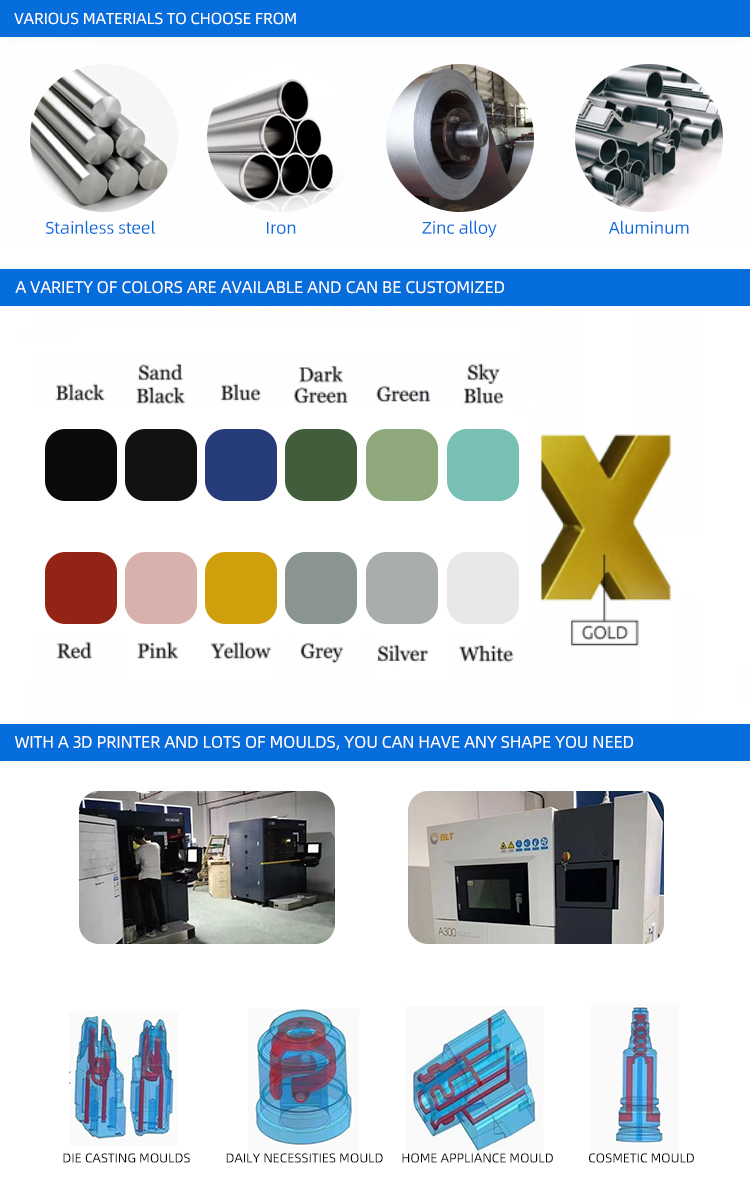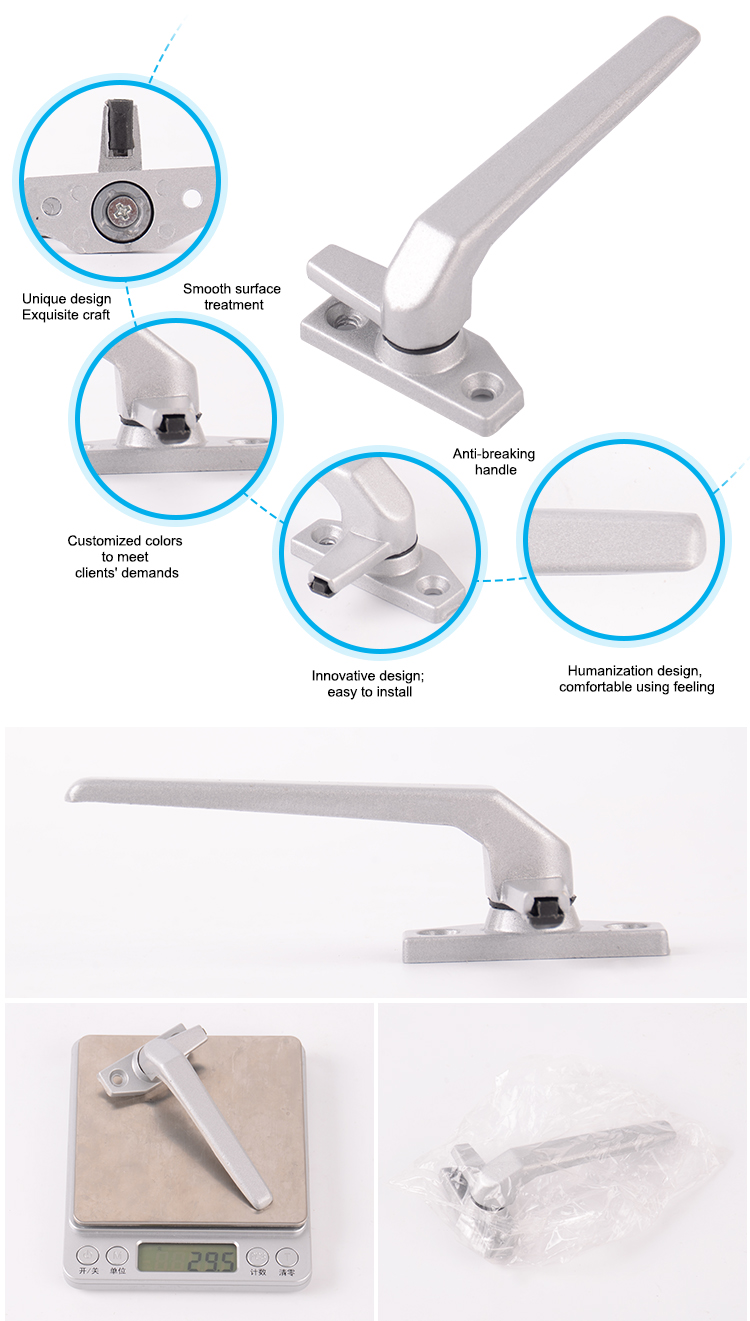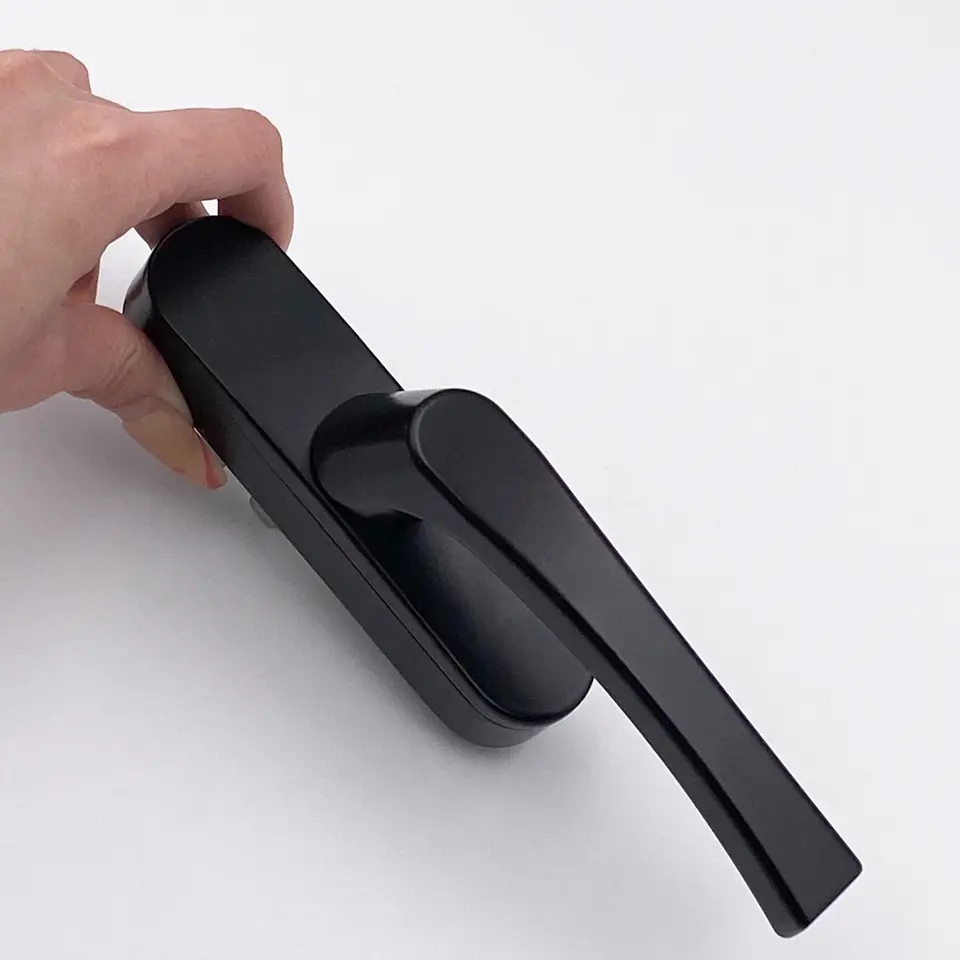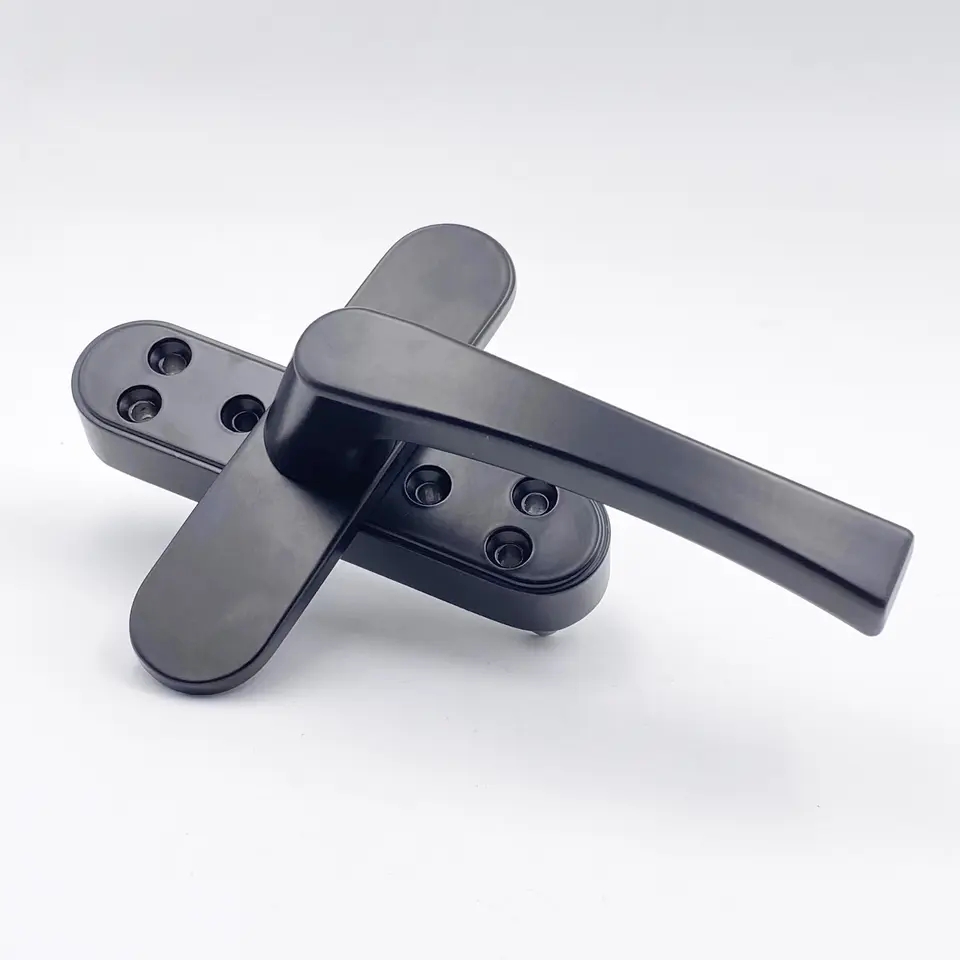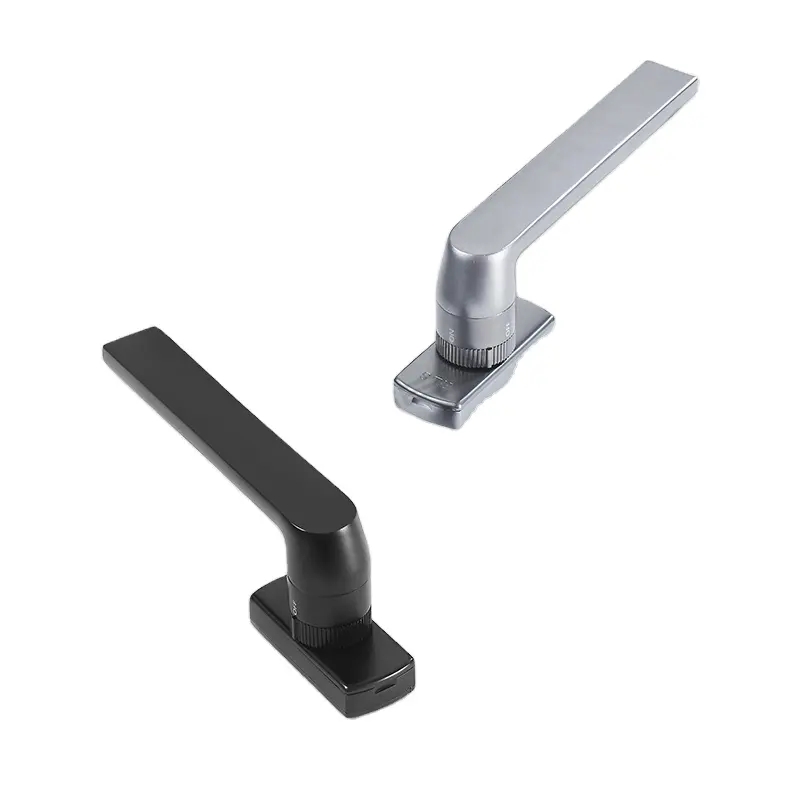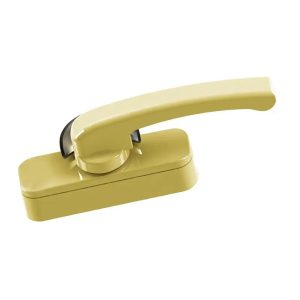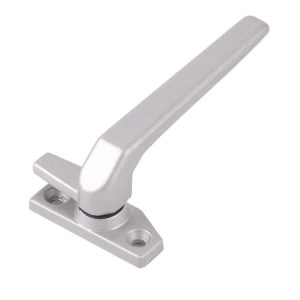Window Handles: Merging Artistry and Utility in Architectural Design
Introduction
In the realm of architectural innovation, where creativity meets practicality, window handles emerge as the subtle yet essential components that seamlessly unite form and function. These unassuming elements play a significant role in enhancing both the visual aesthetics and functional convenience of architectural spaces. This article delves into the world of window handles, exploring their versatile roles, the interplay of materials and design, and their capacity to transform spaces into harmonious expressions of both elegance and purpose.
The Marriage of Functionality and Aesthetics in Window Handles
Window handles serve as the bridge between inhabitants and their environment, enriching the architectural experience beyond their practical function:
Intuitive Engagement: Whether through the graceful sweep of a lever or the precise turn of a crank, window handles provide tactile engagement that elevates an ordinary action to a refined interaction.
Controlled Comfort: Modern window handles offer diverse opening options, empowering users to orchestrate natural light and airflow, promoting comfort while embracing energy efficiency.
Security and Tranquility: Integrated locking mechanisms offer occupants a sense of security, allowing them to immerse themselves in their spaces without worry.
Elevating Aesthetics: The Art of Design
Window handles extend beyond their utilitarian purpose, becoming design elements that enrich the visual narrative of architectural spaces:
Material Melody: From the modern allure of brushed steel to the timeless elegance of brass, the chosen material infuses character and depth, harmonizing with the broader design palette.
Architectural Harmony: Window handles can either seamlessly blend with architectural styles or stand out as artistic accents, contributing to the overall visual cohesion of a space.
Finishing Flourish: The finish of a window handle, whether polished, matte, or antiqued, adds the final layer of finesse, creating a unified visual resonance within the environment.
Guiding the Selection Process: A Balancing Act
Selecting the right window handles involves a thoughtful equilibrium between functionality and aesthetics:
Functionality and Form: Prioritize handles that align seamlessly with the operational demands of specific window types, ensuring their form enhances their practicality.
Design Continuity: Consider the overarching design theme of the space. The chosen handles should harmonize with this theme, fostering a consistent visual language.
Ergonomic Excellence: Opt for handles that prioritize comfort and ease of use. Especially in spaces where windows are frequently operated, ergonomic considerations play a pivotal role.
Conclusion
Window handles, though often overshadowed by more prominent architectural elements, epitomize the fusion of design finesse and utilitarian significance. They celebrate the marriage of tactile experience with artistic expression, creating spaces that invite occupants to thoughtfully engage with their surroundings. By carefully selecting window handles that align with material choices, design visions, and user comfort, architects and designers craft environments that transcend the ordinary, inviting occupants to interact with their surroundings in a profound way. In the symphony of architectural composition, window handles are the harmonious notes that weave together aesthetics and practicality, ultimately crafting narratives that speak of intention and grace.
